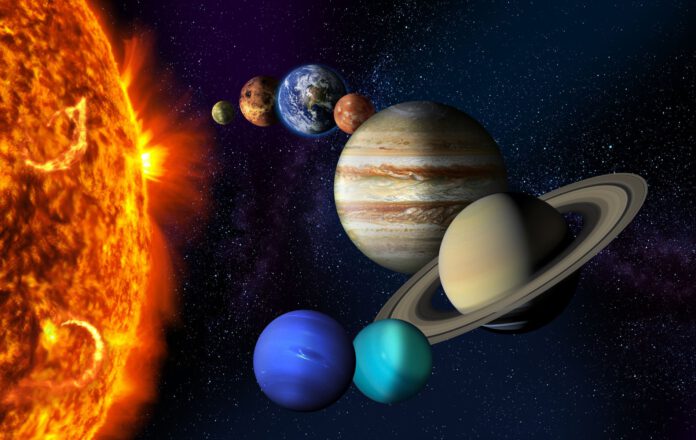
Proposed New Criteria for Planet Definition
Researchers are proposing that a planet may orbit around one or more stars, brown dwarfs, or stellar remnants. The International Astronomical Union (IAU) currently defines a planet as a celestial body that orbits the Sun, has enough mass to become spherical due to gravity, and has cleared its orbit of other objects. Established in 2006, this definition is now considered outdated by some researchers who argue for a revised definition to reflect discoveries of planets in unexpected places across the universe.
Rationale for Change
Jean-Luc Margot, one of the researchers, emphasizes the need for an updated definition. The current definition requires a celestial body to orbit the Sun within our solar system to be classified as a planet. This contradicts the acknowledgment of thousands of planets believed to exist in the universe. “The existing definition emphasizes orbiting our Sun,” explains Margot. “Although we now know there are thousands of planets, the IAU’s definition applies only to those in our own solar system. We, therefore, propose a new definition applicable to celestial bodies orbiting any star, stellar remnant, or brown dwarf.”
Issues with the Existing Definition
The authors argue that the requirement to orbit exclusively around our Sun is too restrictive, while other criteria in the IAU definition are too vague. For instance, the definition’s requirement for a planet to have ‘cleared its orbit of other objects’ is not clearly explained. The researchers propose a new definition for a planet that is not limited to our solar system and includes specific measurable criteria. “A definition based on the most measurable property, like mass, avoids debates about whether an object meets the criteria,” explains co-author Brett Gladman. “This is a shortcoming of the current definition.”
The New Definition of a Planet
According to the new proposal, a planet is defined as a celestial body that:
- Orbits one or more stars, brown dwarfs, or stellar remnants,
- Has a mass greater than 10^23 kg and
- Is smaller than 13 times the mass of Jupiter (2.5 x 10^28 kg).
In summary, the new definition allows a celestial body to orbit various objects and establishes mass limits applicable to planets anywhere in the universe.
Methodology Behind the New Definition
Margot and his co-authors used a mathematical algorithm to analyze properties of objects within our solar system and identify grouping patterns. The analysis showed that planets in our solar system form clusters of similar properties. These findings can serve as a basis for developing a classification system for planets in general.
Dynamic Dominance
A key property considered is ‘dynamic dominance’. If a celestial object has enough gravitational force to collect or repel smaller objects in its vicinity, it is considered dynamically dominant. “All planets in our solar system are dynamically dominant,” Margot points out. “Other celestial bodies – including dwarf planets like Pluto, which is not a true planet, and asteroids – lack this dynamic dominance. Therefore, this property can be included in the definition of a planet.”
Role of Mass
The requirement for dynamic dominance sets a lower mass limit. However, potential planets can also be too large to fit within the new definition. Some gas giants are so massive that they undergo thermonuclear fusion of deuterium, transforming them into sub-stars known as brown dwarfs, which are not considered planets. The limit is set at a mass of 13 or more times that of Jupiter. By using mass as the main criterion, the proposal offers a clearer and more applicable way to define planets both inside and outside our solar system.
Shape Considerations
The current requirement that planets must be spherical introduces several issues. Distant planets are rarely observed well enough to determine their shape accurately. According to the authors, this requirement is challenging to enforce and does not contribute significantly to the definition of planets, even though most planets are naturally spherical.
Future Prospects
The researchers hope to spark a debate that ultimately leads to a more refined and broader definition of a planet, helping the scientific community better understand and categorize the diversity of celestial bodies in the universe. Margot plans to present the new definition at the IAU General Assembly in August. However, an official change to the current IAU definition could still be a few years away.











